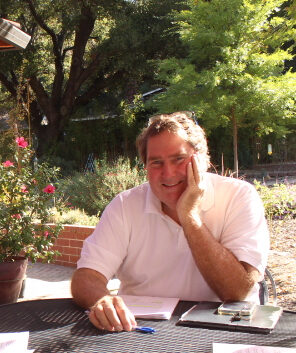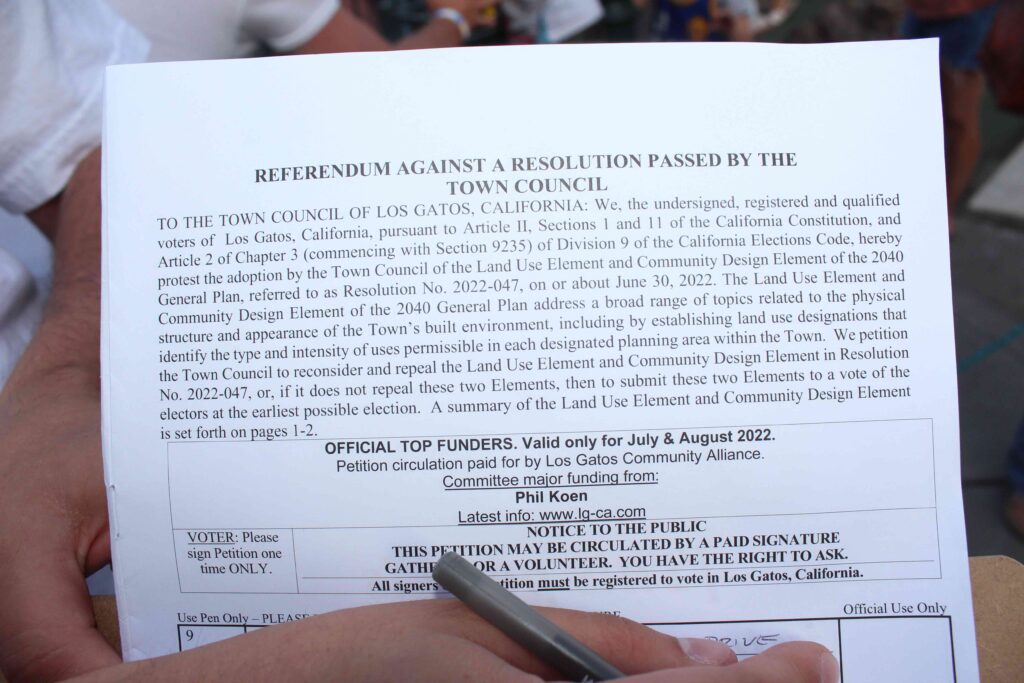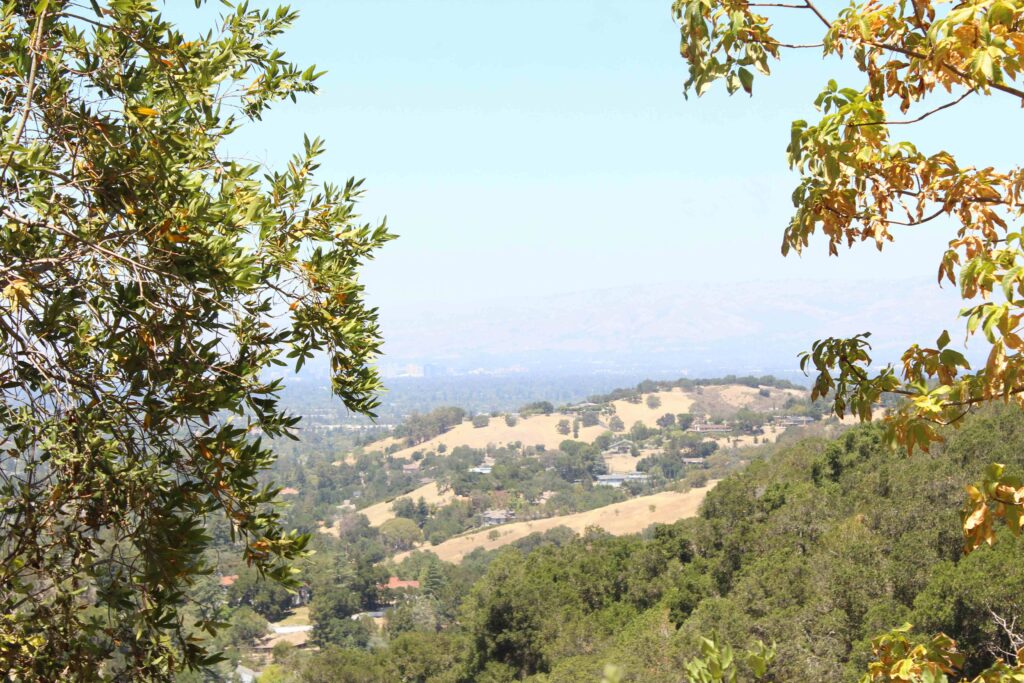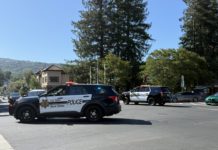
Despite Town Council having already decided on how much housing to plan for when it passed the 2040 General Plan earlier this year, an organization pushing for slow growth had managed to get a couple key parts of it put on hold.
But the group behind the referendum drive that suspended the new Community Design Element and the Land Use Element—sections of the all-important planning document that control residential development—say they’re just pushing for what most Los Gatans want.
“I just don’t think (Council) thought through the full ramifications,” said Montero Partners CEO Phil Koen, a member of the Los Gatos Community Alliance, which vehemently opposes upzoning. “Why not recognize we can do better?”
The LGCA has been at odds with the three Council members who voted for the General Plan. While the document didn’t increase density on Hillside Residential and Low Density Residential parcels, it did up the maximum density on Medium Density from 12 to 22 units per acre (though not on high fire hazard land) and in High Density from 20 to 40 units per acre.

(Drew Penner / Los Gatan)
It didn’t increase the density in the Office Professional or Neighborhood Commercial categories; but it did up the max density from 20 to 40 in Mixed Use and from 20 to 30 in the Central Business District; and it added a new category called Community Commercial (which has a top density of 30 units per acre).
Mayor Rob Rennie was the deciding vote for the 2040 General Plan, with Vice Mayor Maria Ristow and Councilmember Marico Sayoc also in support.
Then, Rennie had sided with the “No” voters—Councilmembers Mary Badame and Matthew Hudes—to rename Medium Density as High Density and High Density as Very High Density.
Hudes had predicted the plan’s passage would anger local residents enough to spark an effort to quash it. He was right.
Before the ink had dried, the Alliance was out in force drumming up support for a voters’ initiative that would gut the overarching community plan.
Volunteers and paid signature collectors fanned out to street festivals and grocery stores to gather sign-offs from the required 10% of the electorate.
By Aug. 16, the LGCA had collected more than 3,400 signatures.
The Santa Clara County Registrar of Voters Office tossed 55 signatures out of a random sampling of 500, thus estimating that upwards of 3,000 were likely valid.
That was well beyond the 2,198-signature bar the LGCA had to clear. Next, Council voted to allow the initiative to move forward.
‘I don’t know if that’s really returning the power to the people.’
—Maria Ristow, Vice Mayor
“I don’t understand completely,” Ristow said when asked how it was possible part of the 2040 General Plan could be paused by fewer than 3,000 people simply indicating they want a chance to vote on the issue at some point in the future. “I’ve always had a problem with California’s initiative process.”
What took Town officials by surprise was that just getting a referendum approved to be placed on the ballot would result in the lightning-rod Elements getting tossed out, at least temporarily.
According to Ristow, the Town Attorney confirmed the vote could technically be invalidated for the two sections of the General Plan in-question—for the time being—because LGCA beat the 30-day post-vote deadline for a referendum.
Ristow said she was “stunned” by the news, criticizing the way a small group of well-funded individuals can do an end-run around a years-long democratic process.
“I don’t know if that’s really returning the power to the people,” she said. “I did not know that was going to happen.”
But Koen says there’s nothing sketchy about availing yourself of the referendum process.
“That is the highest form of democracy I can think of,” he said. “The logic of the law is it would do more harm for a disputed law to go into effect.”
Meanwhile, the Alliance held a candidate forum for September, which Rennie, and progressive Council hopeful Rob Moore, boycotted.

At the time, Moore told the Los Gatan it didn’t make sense for him to attend, given LGCA’s staunch public support (and financial contributions) to opponents Badame and long-time executive Rob Stump, particularly with the referendum looming.
Moore said the referendum had derailed efforts to improve Los Gatos.
“Delaying the process two, three, four years is going to slow progress in our community so much,” he said, pointing to the Town’s plans to spur vibrance by promoting Community Place Districts (now called Community Growth Districts). “This referendum is going to stagnate all of this.”
Rennie told the Los Gatan he was skipping the forum because the LGCA opposes his candidacy, even though he essentially did their bidding and led the charge to wipe out density increases in Low Density Residential.
‘Council hasn’t woken up to the fact that this was a broad-based group of people who signed the petition.’
—Phill Koen, Los Gatos Community Alliance
Locals said some petitioners reported earning more than $10 a signature, although one, interviewed by the Los Gatan—during a Thursday Promenade event this summer—said he was making an hourly wage.
The employee of Newport Beach-headquartered On the Ground, Inc., who identified himself as Charly, said the 2040 General Plan had “massively increased” the amount of housing the Town was going to allow.
He added there’s a lot of support for the initiative among Los Gatans.
On The Ground pays $30-$40 an hour for field canvassers—plus “substantial bonuses for production”—according to a job ad on salary.com posted earlier this year.
“They like it; they really do,” he said. “They feel they really need that chance to vote.”
Koen noted there’s nothing illegal about paying people to collect signatures and charged some Town officials need to bone-up on California’s voting rules.
“Anyone who had read the Elections Code around a referendum would know that’s how the law works,” he said. “The concern to me is the Town Council hasn’t woken up to the fact that this was a broad-based group of people who signed the petition.”
Michael Packer, 58, is one of them. The Los Gatos resident signed the petition at the Nob Hill grocery store this summer. He knew the signature-gatherers were being paid, but that didn’t bother him. He’s concerned the 2040 General Plan could open the door to development without actually encouraging the production of affordable units.
“I don’t think we needed to allocate that-much housing,” he said. “I would like to see more low-income housing in Los Gatos. And I would like to see a balance of the environment and development.”
Last week, Council voted to keep the Land Use Element and the Community Design Elements for the 2020 General Plan in place until a vote can be arranged.

During the meeting, former planning commissioner Jeffrey Suzuki, president of the Los Gatos Anti-Racism Coalition, said it was “insulting” to suggest the 2040 General Plan didn’t reflect the will of the community.
“I remember those years of (General Plan Advisory Committee) meetings where countless people lent their voices and dedicated their evenings to create a truly progressive General Plan; and I can say that staff has been more than accommodating in ensuring that every voice was heard,” he said. “To say that all of those voices don’t at all represent Los Gatos, just because some signatures were gathered—very aggressively by petitioners, if I may add—is absurd.”
At stake is Sacramento’s attempt to manifest cheaper homes across the State in areas like Los Gatos that were historically unwelcoming to minorities.
But LGCA members contend blanket-upzoning will just open the door to additional high-end projects, noting plenty of upscale units have been built in recent years. The group says more density won’t help the Town satisfy its Below Market Rate unit production, which has been dismal.
Koen accepts the California Department of Housing and Community Development’s Regional Housing Needs Assessment figure of 1,993 units plus a 15% buffer—so 2,292—will have to be planned for by 2031.
But he believes—after encouraging developers to build an average of 287 units per year throughout the upcoming eight-year RHNA cycle—Los Gatos would be wrong to try to maintain that pace, or do anything other than slow growth to a trickle.
Koen argues if every parcel gets developed to the maximum level allowed under the 2040 General Plan it would create more than 12,000 units.
Town staff contend it’s unlikely Los Gatos will see anywhere near that level of construction, pointing, for example, to the low uptake in by-right lot-splits, which were recently approved through a new law called SB9.
Some Council members are reticent about holding a special election next year, since it could cost the Town hundreds of thousands of dollars.
That means a vote might not happen until 2024.
And if voters do affirm the General Plan at that point, it would likely mean Los Gatos would then have to build even more homes per year to hit its 2,292 target by 2031.









